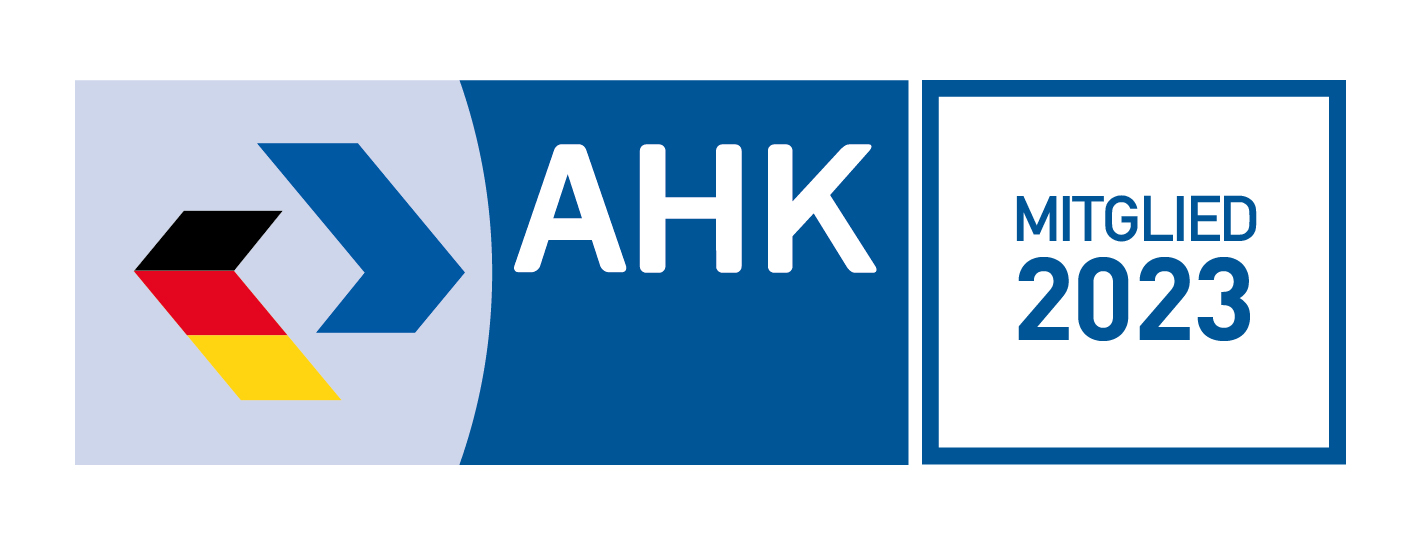Data rooms were sometimes regarded as unattractive but necessary data boxes that pursued the end in themselves of capturing and displaying documents. Due to the growing information complexity and expansion of requirements for the delivery of data, an increasing need for structured comprehensible information models with functional links is becoming apparent. ESG is now also about real functional links with automatic processes. This development is particularly rapid in this area and applies especially to the transformation from document spaces to data spaces.
Currently, hardly a day goes by without a news item being published on the subject of ESG in the real estate industry. While years ago it was sufficient to upload an energy certificate, without any calculation basis, to a digital document room or file server, this has changed fundamentally. Certifications, energy inspections of refrigeration equipment, decarbonization strategies, or even the overall ESG strategy plan are taking on an increasingly important role. In many cases, ESG due diligence is no longer just a component of technical due diligence, but an audit in its own right. Potential sustainability risks are thus identified in advance of the transaction.
This raises the question of how to present the information in a digital document space in a way that is as transparent and comprehensible as possible. With regard to a possible valuation, be it in the portfolio or event-related for transaction purposes, the valuation field “ESG” in the data room is no longer to be listed only as a subfolder within an index structure. The complex information density of the associated assessment fields must therefore be focused and prepared in a way that is comprehensible to the user.
Documents can no longer be stored in different places in the data room and made available in an unstructured way. For example, appraisals, test reports or building analyses are to be prepared by the seller himself or by a service provider according to the content structure and result of the valuation. Comprehensive and well-structured documentation plays a decisive role here.
A sensible and especially practical extension of rental space relevant information into the index structures will be indispensable in the future. This allows the owner of the data room to keep the shortening of the information chain of long-term lease structures at the current level of knowledge. Tenant engagement is achieved through the ongoing implementation of vertical sustainability structures in the market. Here, “green leases” are just one example of such integrative building blocks. The delivery of data to the landlord for the purpose of statistical collection and evaluation under sustainability aspects supports the owner in meeting legal and normative requirements.
Future models of data spaces will entail a structural resolution of rigid frameworks and, in particular, provide user-side information for completion. The expansion of today’s indexes and data room structures must be incorporated into the specifications of every asset and property manager. A particular hurdle consists of tying information to the property itself – independent of triggered actions such as transaction and valuation.
Conclusion
Today, sustainable action begins with the collection and digital transformation of information about the property. These are bound to the respective object in linked data space models. Breaking down rigid structures of landlord and tenant information into comprehensive information models with standardized exchange formats will play a key role in reducing risk in sustainability strategies. For emissions reduction goals and the development of resilient buildings to move forward, there needs to be a shift in thinking in parts of the industry. Expanding awareness to a sustainable information economy thus forms the building block of future lessons in real estate management.

Stefanie Glomp
Project and Operation Manager
Published in FondsNews EXPO Special.
September 2023 issue.





